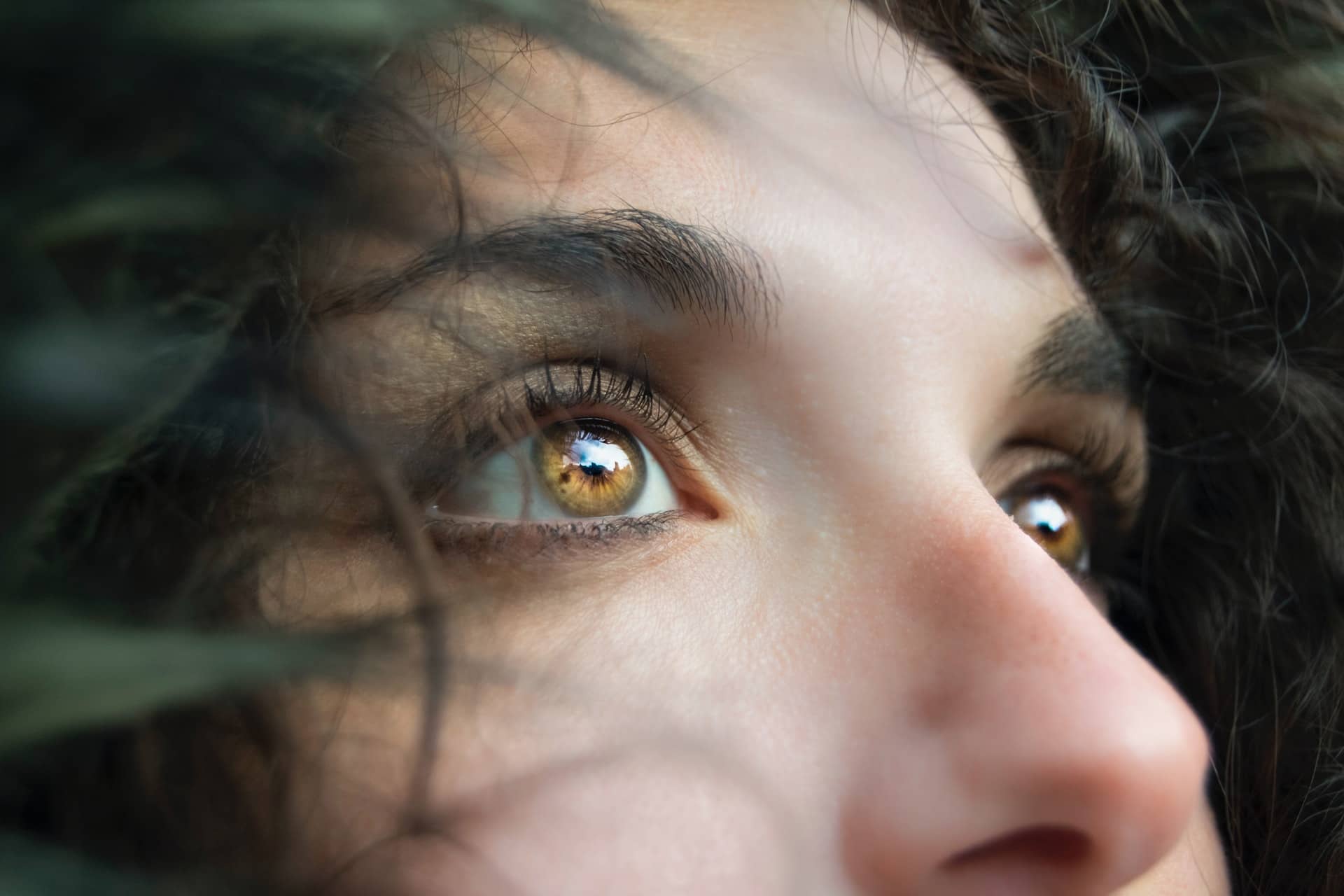Everyone wants to know how swollen eyelid treatment fast works. Normally, people could get swollen eyes from crying, which could give them a day-long of puffy and slightly red eyes. The same thing happens if insect bites happen, and when you get dirt in your eyes accidentally, this can rapidly produce swelling under one eye.
We still want to know how to reduce pain due to swollen under the eye. Here are some quick suggestions to ease your worries away.
What Causes Swollen Eyelids?
Before going further about treating swollen eyes, we need to identify its causes. According to medical experts, there are several reasons why your eyelids may be swollen.
Conjunctivitis, also known as the “pinkeye” is common during colds and flu season.
The eyes are infected by bacteria and viruses, or inflamed by irritants. The sand-like sensation in the eye that may cause crusting of the eyelashes is known as blepharitis.
Blepharitis is the medical term for eyelid inflammation. Eye edema, or swollen eyelids, occurs when there is an excess production of edema (eye fluid) in the connective tissues around the eyes.
All in all, there are a lot of possible causes of swollen eyes: eye infections, eye injuries, eye sensitivity, eye trauma—and even allergies to dust and dirt. In general, the swelling naturally goes away within 24 hours.
Hot or cold compresses can reduce the swelling, but the treatment varies depending on the cause. Severe cases or swelling that goes beyond the 24-hour window requires professional eye treatment to prevent further complications.
Eye Conditions
Swollen eyelids require different treatments, depending on the cause of the inflammation. Below are specific methods for inflammatory conditions that can be done in the comfort of your home.
Cyst
If you feel that your upper or lower eyelid is painful or tender to touch, there may be a cyst. Typically, cysts swell in the middle portion of the eyelid and can take a few days to clear.
Improper or prolonged treatment of a cyst can make result in a hard and bumpy cyst. To treat a possible cyst, hold a damp, heated cloth over your eye.
Hotter temperatures can help reduce blockages and improve oil secretion. Apply a hot compress four to five times a day. If the symptoms persist, contact an eye doctor who can perform an extraction of the cyst.
Stye
If you noticed a well-defined red bump located at the base of the eyelid, it could be a stye. Styes could be internal or external and could release pus from the swollen bumps. Like cysts, a stye could be treated with a hot compress to bring relief to your swollen eyes. If you’re using makeup and other cosmetics, refrain from using them for now, as they can irritate your stye.
Pink Eye
If pus appears on the eyelashes and in the corners of the eyes, it could be pink eye or conjunctivitis. As mentioned earlier, pinkeye is caused by bacteria, viruses, and allergies that can produce inflammation on one side of the eye—which then could spread to both sides.
To treat pink eye, cleaning the crusty eyelids with warm water and clean cotton could give instant relief. It is also recommended to refrain from touching one’s eyes and keeping the bed and pillowcases clean to prevent dirt from further irritating the swollen eyes.
Cellulitis
If the skin around the eye turns red and painful, it may be due to cellulitis, a form of skin infection. Commonly, cellulitis form in legs and arms, but it could be painful once it is produced near the skin of the eyes. Swelling due to cellulitis requires antibiotics and additional consultations with a specialist.
Itchy Eyes
If your eyes just feel itchy, this may be due to allergies. Most likely, itchy eyes are caused by an allergy to a specific substance like pollen, dust, fur, dirt, and among others.
Allergens release compounds called histamines around the eye, and this results in severe itching, redness, and swelling. Oral and topical antihistamines and avoiding allergens can ease the itching of the eyes due to seasonal allergies.
Watery Eyes
If your tear ducts produce a lot of tears, this could also make your eyes inflamed. Watery eyes can cause generalized swelling and could give a puffy and painful sensation due to the over-production of the lacrimal glands. Store-brought eye drops, antibiotics, and hot compresses could treat watery eyes easily.
Eye Trauma
If any object hits your eye, blood can collect underneath the eyelids, and this may also lead to swelling. If the eye experiences a light trauma, a cold compress is highly suggested. Applying an ice-cold towel near the injured eye could reduce further bleeding.
In applying cold compresses, one should not place the cold compress directly on the eye but rather, around the injured area and only with minimal pressure. If pain persists, over-the-counter acetaminophen or ibuprofen could reduce the stinging pain. However, if bleeding, blurry vision, and severe pain occur, see a doctor right away.
Grave’s Disease
Some cases of inflammation of the eyes may also be due to an autoimmune disease due to the over-production of the thyroid hormone—this condition is also known as Graves’ disease. Graves’ disease produces several complications throughout the body, including the eyes.
When to Use Hot Compress and Cold Compress?
Hot compress and cold compress are two of the most common treatments for swollen eyelids. Commonly, hot compress is done to aid in opening blocked pores and to improve oil extraction.
This treatment is highly recommended for infected, swollen eyelids where pus is forming on the eyelids already. On the other hand, you can apply cold compress on any sore area on the body, as it can reduce swelling in general. Cold compress requires less pressure and is only effective as a blood-restraining compression method (i.e., swelling due to light or heavy trauma).

